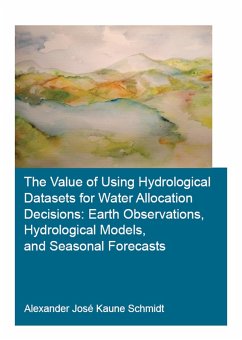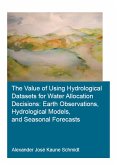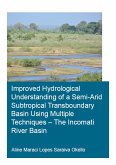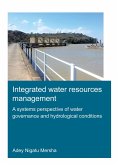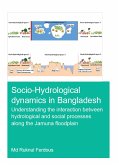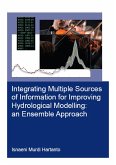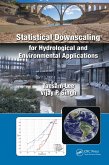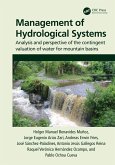An increasing number of hydrological datasets from earth observations, hydrological models and seasonal forecasts have become available for water managers, consultants and the general public. These datasets are state-of-the-art products which are usually accessible online and may contribute to develop hydrological studies and support water resources management. However, the added value of these datasets has not been completely explored in decision-making processes. Research studies have assessed how well data can help in predicting climate, but there is a lack of knowledge on how well data can help in water allocation decisions. This work provides numerical tools, methods and results to evaluate the value of using hydrological datasets to support water allocation decisions at river basin and irrigation district scale. An integrated approach is used to predict climate, improve decisions and reduce negative impacts. Results show that investing in hydrological data with finer spatial and temporal resolution and longer periods of record improves water allocation decisions and reduces agricultural production loss in large irrigation schemes. Using river discharge data from hydrological models and global precipitation enhances irrigation area planning when little in-situ data is available. Moreover, using seasonal streamflow forecasts improves available water estimates resulting in better water allocation decisions. The framework was tested in Costa Rica, Colombia and Australia, but can be applied in any case study around the world.
Dieser Download kann aus rechtlichen Gründen nur mit Rechnungsadresse in A, B, BG, CY, CZ, D, DK, EW, E, FIN, F, GR, HR, H, IRL, I, LT, L, LR, M, NL, PL, P, R, S, SLO, SK ausgeliefert werden.

